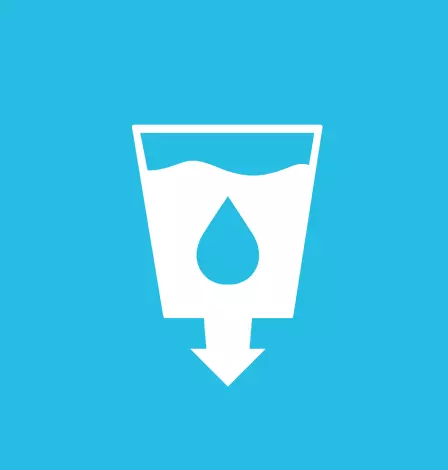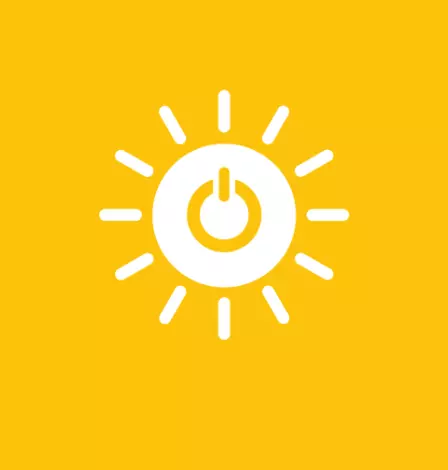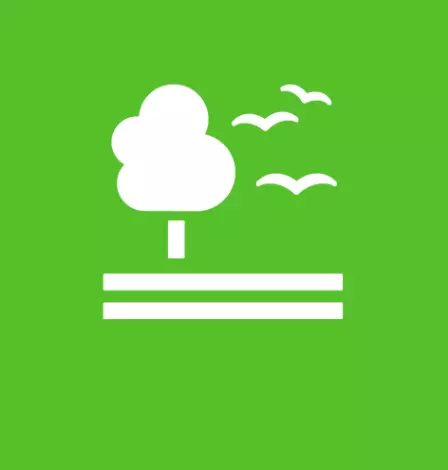The world’s oceans are the undeniable force behind our global ecosystem. Their temperature, chemistry, currents and the life they inhabit makes the Earth habitable for humankind. However, life underwater is facing serious threats with up to 40% of our oceans heavily affected by pollution causing depleted fisheries and loss of coastal habitats. Goal 14 seeks to significantly reduce marine pollution of all kinds and minimize the impact of ocean acidification.
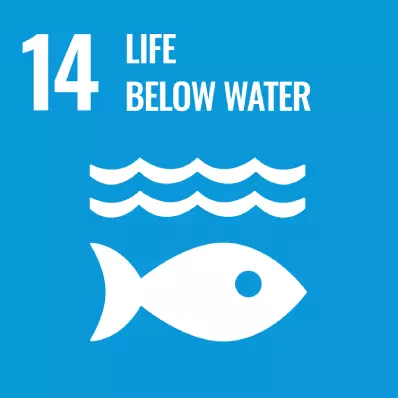
“Industrial pollution and the discarding of plastic waste must be tackled for the sake of all life in the ocean. Surely we have a responsibility to care for our planet. The future of humanity and indeed all life on earth, now depends on us.”
Sir David Attenborough
English broadcaster and natural historian.
The market value of marine and coastal resources and industries is estimated at $3 trillion per year or about 5% of global GDP — World Bank
Covering more than 70% of our planet, [the oceans] govern the weather, clean the air, help feed the world, and provide a living for millions — Natural Resources Defense Council, Inc.
Water pollution occurs when harmful substances such as chemicals or microorganisms are released into the environment, contaminating rivers, lakes, oceans, etc. The innovative solutions developed by Veolia Water Technologies meet the needs of large industries as well as local authorities and public entities to ensure any water released back into the environment is thoroughly tested and safely discharged.
Reducing harbour contamination to significantly improve water quality
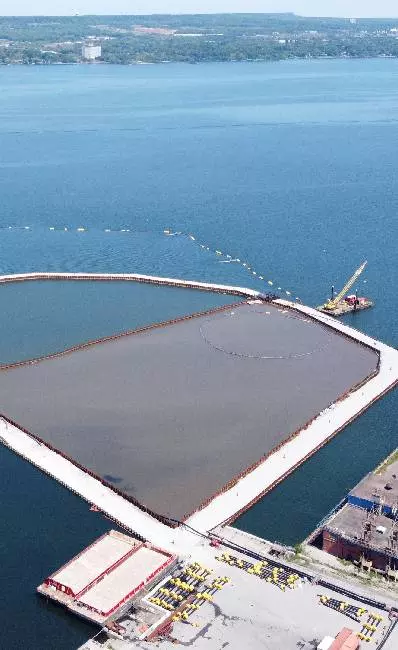
Marine pollution occurs when human-created products such as industrial waste and sewage enter our waterways. A prime example is Hamilton Harbour and an area known as Randle Reef.
Owing to its heavy-industrial past, it became the largest contaminated sediment site on the Canadian side of the Great Lakes. Many improvements had been made to reduce pollution but the legacy problem of contaminated sediment remained.
The site contained approximately 695,000 cubic metres of sediment contaminated with polycyclic aromatic hydrocarbons (PAHs) and other toxic chemicals.
The three-stage remediation project involves: building a 6.2 hectare Engineered Containment Facility (ECF) over the most contaminated harbour sediments; dredging and depositing adjacent contaminated sediments into the ECF, and placing a thin layer cap on residual sediments outside the ECF; and finally, sealing the contaminants and creating a pier over the top of the ECF to be operated by the Hamilton Oshawa Port Authority.
During Stage 2 the contaminated water produced by hydraulic dredging is treated. On average, the process reduces the concentration of suspended solids by 90%. It also reduces selenium by 55%, lead by 99.5% and PAHs by over 85%. Stage 2 will be completed in late 2021.
This project will reduce the slow spread of contaminants through Hamilton Harbour, significantly improving water quality and fish and wildlife habitats. It is to be completed in 2023.
The size of the Randle Reef site is approximately 60 hectares — equivalent to 120 U.S. football fields.
Supporting the Italian National Antarctic Research Programme
The Antarctic region is a sensitive indicator of global change since buried inside polar ice caps is a record of past atmosphere and environmental factors that go back hundreds of thousands of years.
Scientists from the Italian National Antarctic Research Program have been uncovering these secrets by analyzing ice, snow, sediment, atmospheric and oceanic samples for over 30 years.
In November 2011, a team from the CNR Institute for the Dynamics of Environmental Processes and the Department of Environmental Sciences, Informatics and Statistics, Università Ca' Foscari in Venice documented the significance of pollutants of particular concern in water samples and rare earth elements.
Their ship was equipped with a laboratory and to conduct their work in the field successfully a reliable source of ultrapure water was needed to ensure the cleanliness of all the sampling equipment.
The team also returned to Italy with ice cores and over 300 frozen samples for analysis. Their research measurements were often made at ultra-trace levels also requiring the most sensitive analytical techniques and our purest water supplies for sample preparation and analysis.
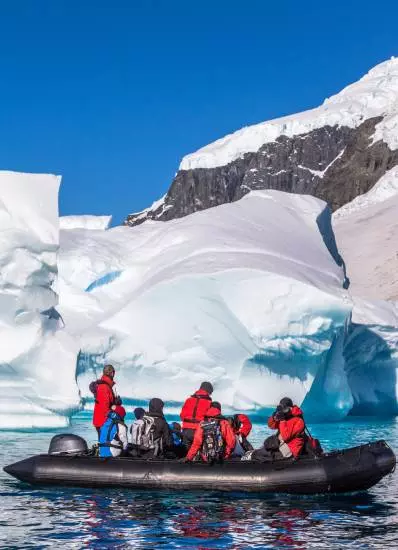
The average annual loss of ice from Greenland and Antarctica in the 2010s was 475 billion tonnes – six times greater than the 81 billion tonnes a year lost in the 1990s.
“When monitoring baseline levels in a pure environment such as Antarctica, it is vital to avoid introducing any contaminants during the sampling procedure [...]. We need to be certain that whatever we are analyzing is coming from our samples and nowhere else.” — Dr. Warren Cairns, Analytical Chemist at CNR-IDPA
Salty alternative provides onsite oxidizing solution for cooling tower water
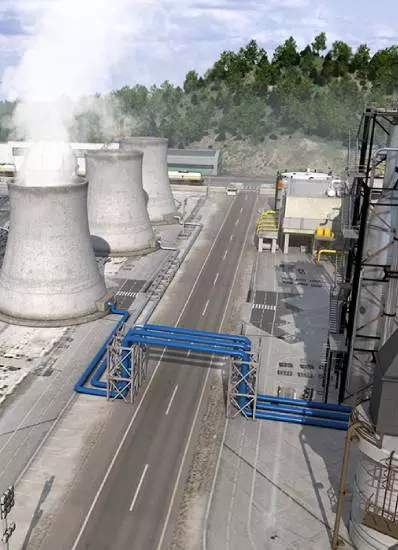
French legislation requires industrial companies to reduce the environmental impact of their cooling towers. Their strict controls focus on bacterial growth and aim to eliminate the risk of Legionnaires' disease, which requires the use of biocide.
However, simultaneously, legislation restricts the use of synthetic biocide to reduce pollutant levels in both steam and water discharges from cooling towers.
This is vital as roughly 80% of marine and coastal pollution originates on land including agricultural run-off, pesticides, plastics and untreated sewage.
A leading player in the oil and gas market found themselves in this catch 22.
They required a clean and secure operation of their cooling tower facilities while also meeting the strict environmental regulations for their water discharges.
Our team designed an on-site generator using only salt water and electricity to produce a suitable oxidizer. This provided an ecological alternative to synthetic biocides and has both positive environmental and economic impacts.
“Using salt electrolysis to produce an oxidizer against bacteriological development is a simple solution already used for swimming pool water treatment. It reduces toxic discharges into the natural environment after treatment while ensuring the durability of the installations.” — Philippe Guérinel, Water Treatment Chemical Activity Director, Veolia Water Technologies.
Blue Gold, inspiring, real-life stories about the Sustainable Development Goals in action
Listen now to the episode dedicated to Goal 14.
Let’s first go to Hamilton Harbor on Lake Ontario and find out more about Randle Reef, Canada's largest sediment remediation project in the Great Lakes.
And then travel with us to the Antarctic, where cutting-edge science is being used to rediscover our past on an even greater scale.
Discover Blue Gold on Youtube
with English subtitles and on all major podcast platforms.
Discover our other commitments
Our conclusion
Since September 2015, when all United Nations member states adopted 17 Sustainable Development Goals, our collective global progress has been slow.
The Secretary-General of the United Nations, Antonio Guterres, has called for a decade of action to ensure we meet the global targets we set ourselves.
We all need to take responsibility and act today — not tomorrow — to end poverty, protect the planet and ensure all people enjoy peace and prosperity by 2030.






